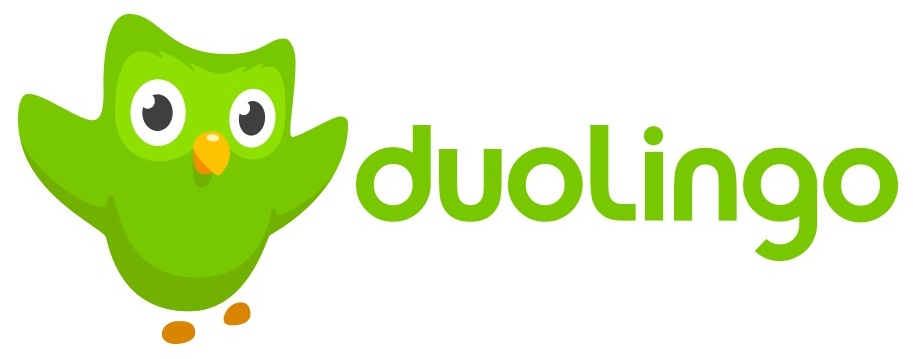Wherever you go, whatever you do, someone in France will gladly correct you. Whatever it takes, or how many repeated pronunciations they make, this person will gladly correct you when trying to speak French between the two of you. This is not only a great opportunity to have your ego taken down a notch, but is a helpful way of continuing to learn the language. However, it is also difficult at times (if not most times), so here are two language learning app suggestions for those of you who’d like to try and learn French on your own time. If classes aren’t an option or not of interest, you have a variety of apps to help you navigate la langue francaise.
Commitment is hard. Commitment to learning French conjugations is harder. Yet you should have no fear when venturing into learning French by yourself at home or on your own time – the two language learning methods discussed for today’s Tech Tuesday – are here. One is an app – DuoLingo – you can use with your phone to learn the fundamentals of a language whilst the other – Pimsleur – is an audio learning method comprised of thirty minute lessons with gradually increasing levels of comprehension. Whether you are learning French on the run, with a serious schedule, or here and there, both of these programs have their pros and cons. French classes aren’t always an option for everyone, and the ability to speak the language well often hinges on hitting the right sounds and knowing when not to pronounce certain letters.
With Pimsleur, our view is that the advantages of this method are that it is suited towards the learner who benefits from reputation. Pronunciation of French is really emphasized by different speakers, as are inversions of speech and sentences in the language. Occasionally slang is briefly mentioned, but one of the downfalls of the program is its immense dullness. It really takes dedication and commitment to the Pimselur program in order to become able to get around with basic conversational French, but another immense advantage of it is learning the passe compose and the imparfait first through audio. The differences in these phases of time become apparent and obvious when utilized in conversation as opposed to learning on paper or through a lecture. If one is willing to put the time in with Pimsleur, it will definitely aid in getting around conversationally in French with enough practice. There are accompanying reading and writing guides to the Pimsleur method, but again, that is contingent on the user. There is also an accompanying app to the audio, so you can do your lessons anywhere at any time.
DuoLingo: It has a cute owl icon. It teaches you the basics of grammar. What can go wrong? Well, for starters, whereas Pimsleur’s strengths are in audio learning, DuoLingo’s strengths are with French grammar comprehension and writing structure. There is no audio component to the program equivalent to Pimsleur’s audio lessons. Using DuoLingo to learn a language is a great way to cover the mechanics of the language from this perspective, but it will leave a user seriously struggling for oral comprehension that facilitates conversation. The app can also be addictive with its game like reward system, so it is a good option for the learner who wants to have a more playful but serious memory based method of learning French on the side.
If there’s anything we have to say about these apps and programs, it’s that you should probably be using them in conjunction in order to get avec la programme. Allez!





Comments are closed.